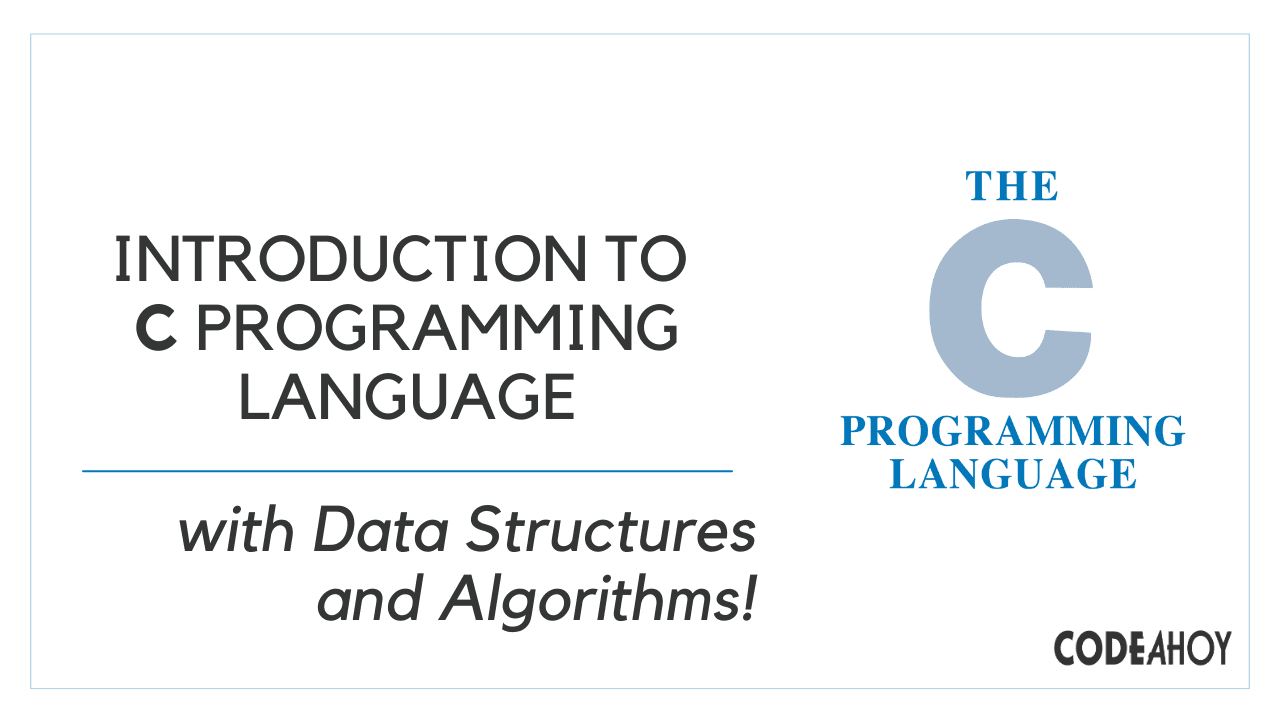Books / Practical Cryptography for Developers (Unfinished) / Chapter 6b
ECIES Hybrid Encryption Scheme
A hybrid encryption scheme similar to the previously demonstrated code is standardized under the name Elliptic Curve Integrated Encryption Scheme (ECIES) in many crypto standards like SECG SEC-1, ISO/IEC 18033-2, IEEE 1363a and ANSI X9.63. ECIES is a public-key authenticated encryption scheme, which works similarly to the above code examples, but uses a KDF (key-derivation function) for deriving separate MAC key and symmetric encryption key from the ECDH shared secret. It has many variants.
The ECIES standard combines ECC-based asymmetric cryptography with symmetric ciphers to provide data encryption by EC private key and decryption by the corresponding EC public key. The ECIES encryption scheme uses ECC cryptography (public key cryptosystem) + key-derivation function (KDF) + symmetric encryption algorithm + MAC algorithm, combined together like it is shown on the figure below:

The input of the ECIES encryption consists of recipient’s public key + plain text message. The output consists of sender’s ephemeral public key (ciphertext public key) + encrypted message (ciphertext + symmetric algorithm parameters) + authentication tag (MAC code):
ECIES-encrypt(recipientPublicKey, plaintextMessage)➔{ cipherTextPublicKey, encryptedMessage, authTag }
The ECIES decryption takes the output from the encryption + the recipient’s private key and produces the original plaintext message or detects a problem (e.g. integrity / authentication error):
ECIES-decrypt(cipherTextPublicKey, encryptedMessage, authTag, recipientPrivateKey, )➔plaintextMessage
The ECIES encryption scheme is a framework, not a concrete algorithm. It can be implemented by plugging different algorithms, e.g. the secp256k1 or P-521 elliptic curve for the public-key calculations + PBKDF2 or Scrypt for KDF function + AES-CTR or AES-GCM or ChaCha20-Poly1305 for symmetric cipher and authentication tag + HMAC-SHA512 for MAC algorithm (in case of unauthenticated encryption).
In the next section we shall demonstrate through a code example how to use ECIES in practice.




